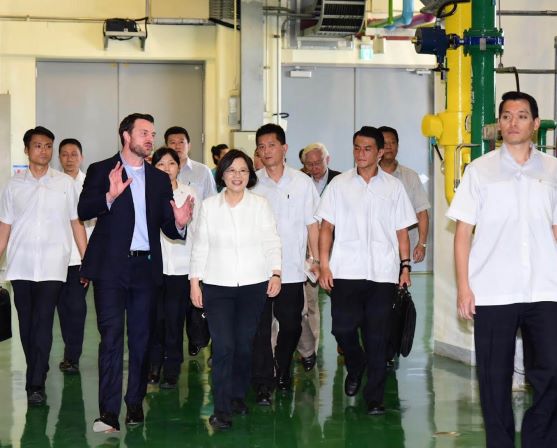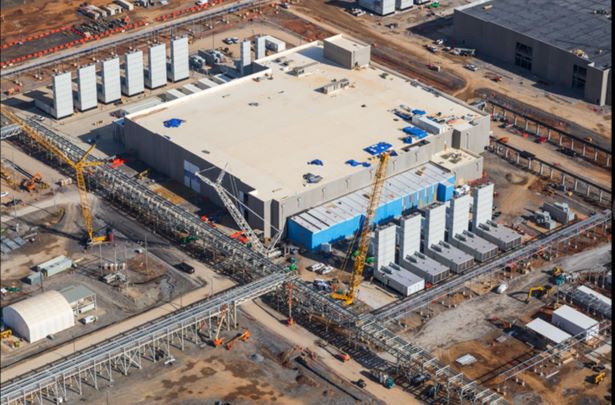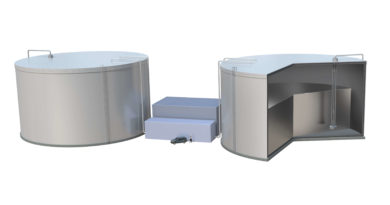Google Picks Taiwan For Its First Clean Energy Project in Asia
 Gary Demasi, Senior Director of Data Center Energy and Location Strategy, gives Taiwanese President Tsai Ing-Wen a tour of our Taiwan data center.
Gary Demasi, Senior Director of Data Center Energy and Location Strategy, gives Taiwanese President Tsai Ing-Wen a tour of our Taiwan data center.
Google has announced the launch of its first clean energy project in Asia. The company announced that it has struck a long-term agreement to buy the output of a 10-MW solar array in Tainan City, Taiwan, about 100 km south of its data center in the country. Google already has solar and wind projects across North and South America, as well as Europe.
Marking our first-ever renewable energy project in Asia, we're letting the sunshine in with 40,000 solar panels across commercial fishing ponds in Taiwan → https://t.co/XvFyXxDSNi pic.twitter.com/GRuLM1gKnc
— Google (@Google) January 23, 2019
The clean energy agreement is a collaboration between Google, several Taiwanese energy companies, and its government. The Taiwanese govt has recently revised Taiwan’s Electricity Act to enable non-utility companies to purchase renewable energy directly. The revisions are part of Taiwan’s new energy policy, aimed at phasing out nuclear energy by 2025 and increasing the share of electricity generated from renewable sources to 20 percent.
The solar array will be connected to the regional power grid at Google’s Chuanghua County data center, one of two in Asia (the other is in Singapore). The poles supporting the solar panels will be mounted into commercial fishing ponds, an arrangement that Marsden Hanna, Google’s senior lead of energy and infrastructure, said will maximize land-use efficiency and respect the local ecology because “fish and solar panels can coexist peacefully.” Fishing pond owners will also be compensated for hosting the panels.
The agreement means Google will get a long-term, fixed electricity price for its operations in Taiwan.
“As the Taiwanese government pursues further measures to remove market barriers and reduce renewable energy costs, we’re hopeful that more companies will purchase renewable energy, driving even larger projects across Taiwan,” said Hanna. The PV power station will begin to supply power for the datacenter in 2020.
Google is the first corporate power buyers to take advantage of the Taiwanese revised law. Its development partners are Diode Ventures, Taiyen Green Energy, J&V Energy, and New Green Power. By Google standards, 10MW is not a lot – well under the total power consumption of a typical hyper-scale data center. The company hasn’t disclosed the exact amount of power its data centers demand. Not much of the island’s 14,000 square miles is suitable and available to build and tying up huge stretches of land with solar installations is also tough. That’s why the developer working with Google will build the solar panels above fish ponds. Google also recently announced its largest solar deal to date: two major solar farms in Tennessee and Alabama, just before announcing the Taiwan agreement.
Picture Credit: Google







